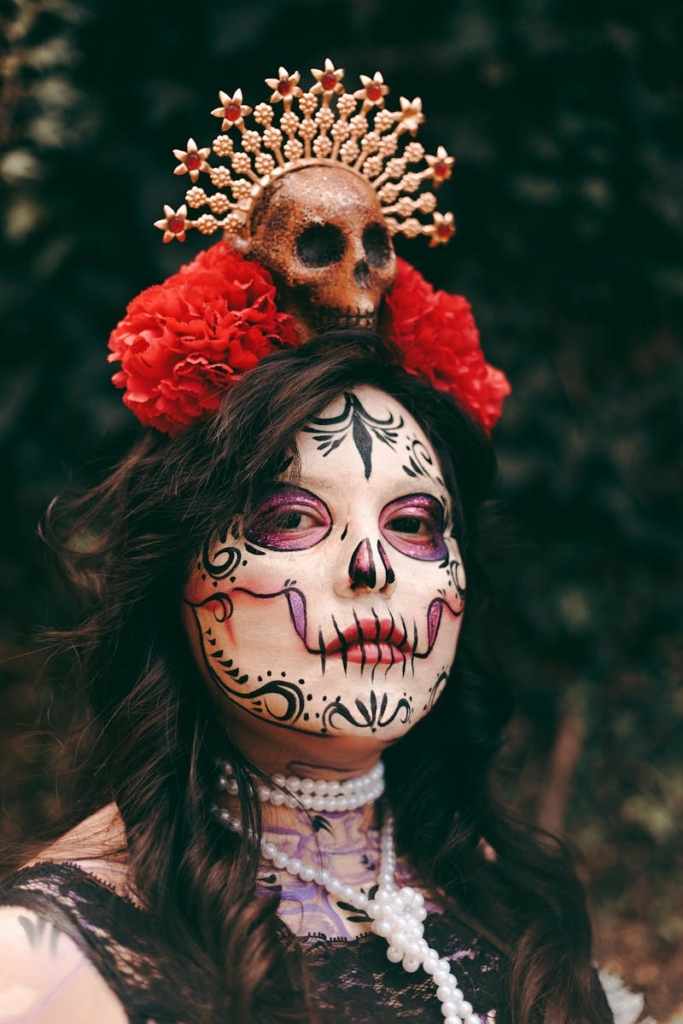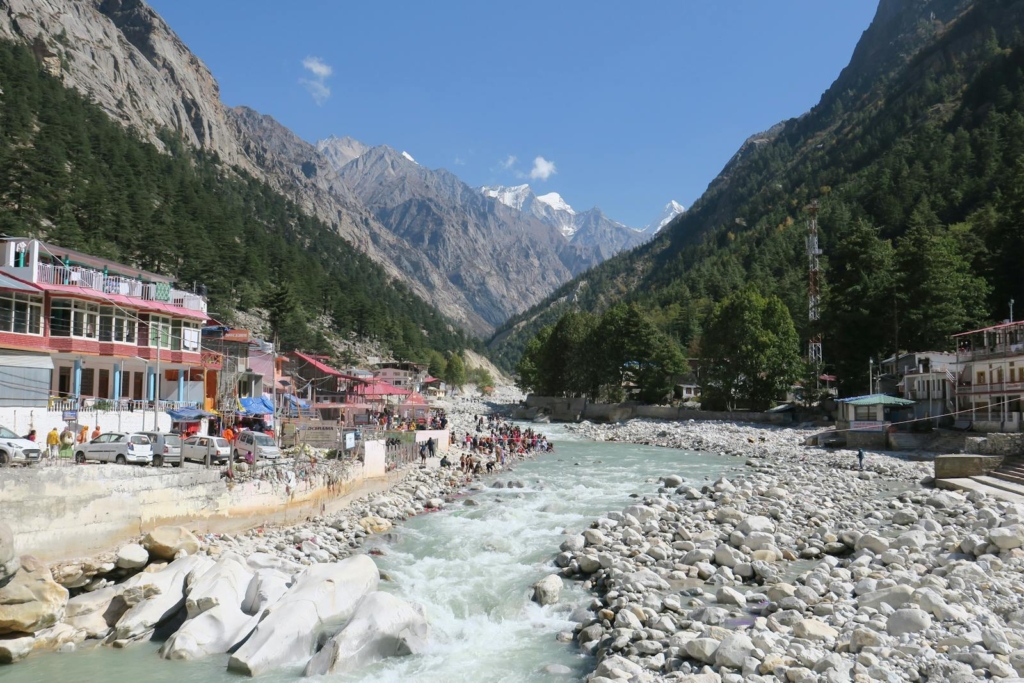India is a land of vibrant festivals, with each state, region, and community celebrating life in unique ways. While festivals like Diwali, Holi, and Durga Puja draw millions of visitors and devotees each year, there are countless lesser-known and forgotten festivals that take place in the far-flung corners of the country. These celebrations, often rooted in ancient traditions and local legends, have largely escaped the modern tourist’s gaze. Here’s a journey into some of the “lost” festivals of India, where ancient customs and hidden rituals still thrive, celebrated in the remote corners of the subcontinent.
Baisakhi of the Apatani Tribe (Arunachal Pradesh)
In the remote Ziro Valley of Arunachal Pradesh, the Apatani tribe celebrates Baisakhi, but not in the conventional way it is observed across India. For the Apatanis, this festival is a time for thanksgiving, marking the end of the harvest season. The people gather in the fields to celebrate with feasts, dances, and traditional rituals that have been passed down through generations. This celebration is a unique blend of agricultural rites and spiritual devotion, deeply connected to their rice-farming culture.
When to Visit: April


Ganga Dussehra (Uttarakhand)
While Ganga Dussehra is celebrated in parts of North India, it is particularly special along the banks of the Ganges in Uttarakhand. However, the festival has faded from the limelight in recent years. The celebration is an homage to the holy river Ganga and its descent to earth, and it includes grand prayers, river rituals, and processions in remote towns like Haridwar and Rishikesh. Lesser-known locations along the river, like the serene town of Devprayag, offer a quieter, more intimate experience of this ancient festival.
When to Visit: May-June


Aoling Festival (Nagaland)
The Ao Nagas in Nagaland celebrate the Aoling Festival in the first week of April to mark the beginning of the new harvest season. The festival, which lasts for several days, involves community feasts, dances, rituals, and prayers for a bountiful harvest. The celebration is marked by traditional attire, the exchange of gifts, and the performance of the famous “Aoling” dance, where participants circle the village in joyous unity. Despite its importance to the Ao Nagas, this festival remains relatively unknown to the outside world.
When to Visit: April


Phool Dei (Uttarakhand)
Phool Dei is a traditional spring festival celebrated in the Kumaon region of Uttarakhand, especially in remote hill villages. The festival marks the arrival of spring and is dedicated to the goddess of harvest. During Phool Dei, women and children go from house to house, showering people with flowers and offering blessings for a prosperous year ahead. The villages are decorated with bright floral rangolis, and the air is filled with the fragrance of fresh blossoms. This festival is not widely known outside the region but is an essential part of Kumaoni culture.
When to Visit: March-April


Madai Festival (Chhattisgarh)
The Madai Festival, celebrated in the forests of Chhattisgarh, is an ancient tribal festival that pays homage to local deities and spirits. The festival is observed by several indigenous communities, including the Gonds and Baigas. It is marked by folk dances, rituals, and the offering of sacrifices to please the spirits for the well-being of the people. This celebration is largely unknown to mainstream tourism, offering an authentic and raw experience of tribal traditions.
When to Visit: January-February


Sangai Festival (Manipur)
Named after the endangered Sangai deer, this festival in Manipur is a celebration of the state’s rich culture and wildlife. While the festival has grown in popularity in recent years, it is still relatively off the beaten track for most travelers. The Sangai Festival includes folk music, traditional dances, and art exhibitions, as well as a showcase of Manipur’s indigenous sports. Held in the picturesque Loktak Lake area, the festival draws attention to both the state’s cultural heritage and its unique flora and fauna.
When to Visit: November


Bakarwals’ Gujjar Festival (Jammu & Kashmir)
Among the pastoral Bakarwal tribe of Jammu & Kashmir, there is a celebration that revolves around the return of the herders from the high-altitude meadows back to the plains after the summer grazing season. This festival, centered around the arrival of winter, is filled with music, dance, and feasting. The festival, though not officially recognized, is a significant part of the Bakarwal’s cultural identity and offers an insight into the nomadic traditions of the region.
When to Visit: October-November


Tusu Festival (West Bengal and Jharkhand)
Tusu, primarily celebrated by the rural communities of West Bengal and Jharkhand, marks the arrival of the harvest season. Held in January, it is a festival of thanksgiving to the goddess Tusu for a good harvest. Women and children sing folk songs and make offerings at the village shrines. The festival is celebrated with traditional dance, song, and the preparation of delicacies made from rice and jaggery. It remains largely uncommercialized, making it an authentic glimpse into rural life in this part of India.
When to Visit: January


Moplah Thiruvathira (Kerala)
The Moplah community of Kerala celebrates Thiruvathira, an ancient festival commemorating the martyrdom of a revered figure, but it is distinct from the more widely known Onam or Vishu festivals. During Moplah Thiruvathira, the focus is on the remembrance of the local history and the glorification of the community’s cultural heritage. The festivities include traditional folk dances, songs, and elaborate meals. It’s celebrated most fervently in the coastal towns of Malabar, a region often overlooked by tourists.
When to Visit: December-January


Tihar (Himachal Pradesh)
While Diwali is celebrated across India with great enthusiasm, the festival of Tihar in Himachal Pradesh is unique, particularly in the remote regions. The locals celebrate this festival by worshipping animals, such as dogs, cows, and horses, in gratitude for their roles in daily life. The village women sing traditional songs and perform rituals, and the community celebrates with feasts and dances. This version of Tihar, with its deep connection to nature and animal worship, is less commercialized and still retains its spiritual roots.
When to Visit: October-November





